Comprehensive Wildlife Damage Repair and Prevention
Wildlife pests can pose significant challenges for residential and commercial properties. Animals such as raccoons, squirrels, bats, and pigeons often find their way into buildings, causing damage and potential health risks. According to recent studies, raccoons are responsible for over 50,000 property damages annually, while bats are linked to the spread of diseases like rabies. Squirrels can damage wiring and insulation, leading to costly repairs. Pigeons, often found nesting in vents and eaves, can create unsanitary conditions. Managing these nuisances effectively requires prompt and professional intervention to prevent further issues and protect property integrity.
Raccoons often invade trash bins and attics, creating messes and potential health hazards.
Squirrels chew on wires and insulation, risking electrical fires and structural damage.
Bats roost in attics and walls, which can lead to the spread of diseases and unpleasant odors.
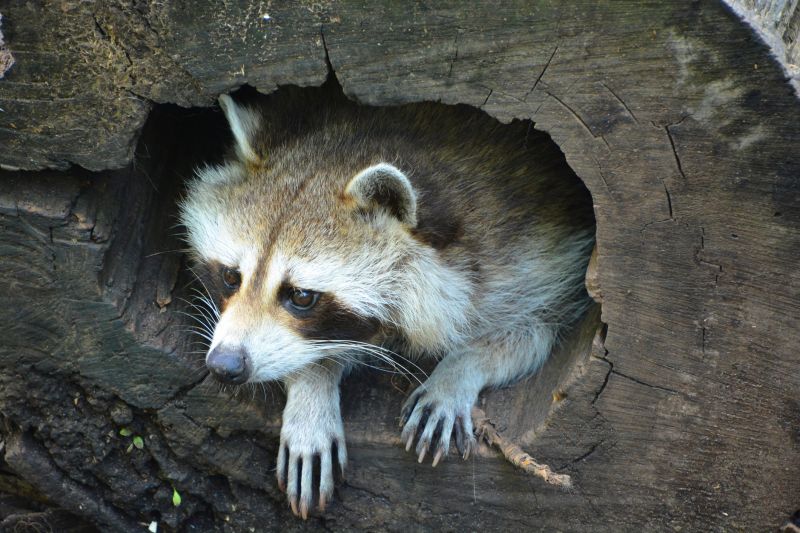
Raccoons are highly adaptable and often forage in urban areas, causing property damage.
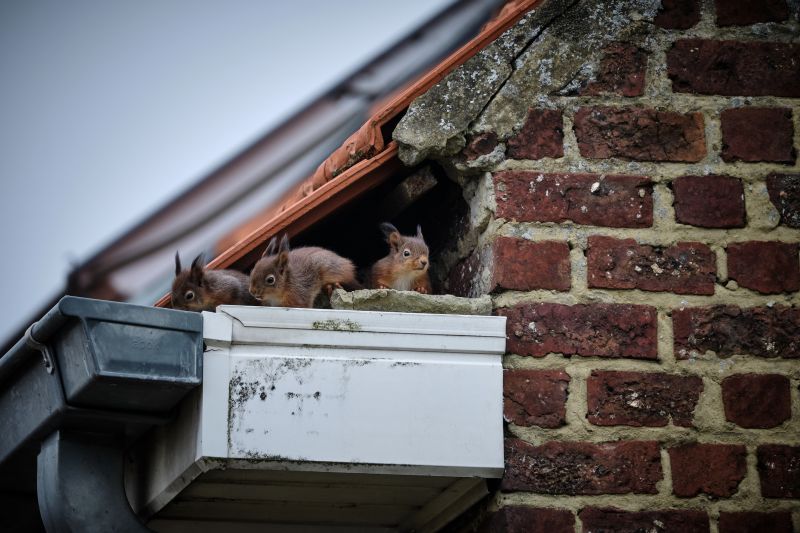
Squirrels build nests in trees and attics, leading to structural and wiring issues.
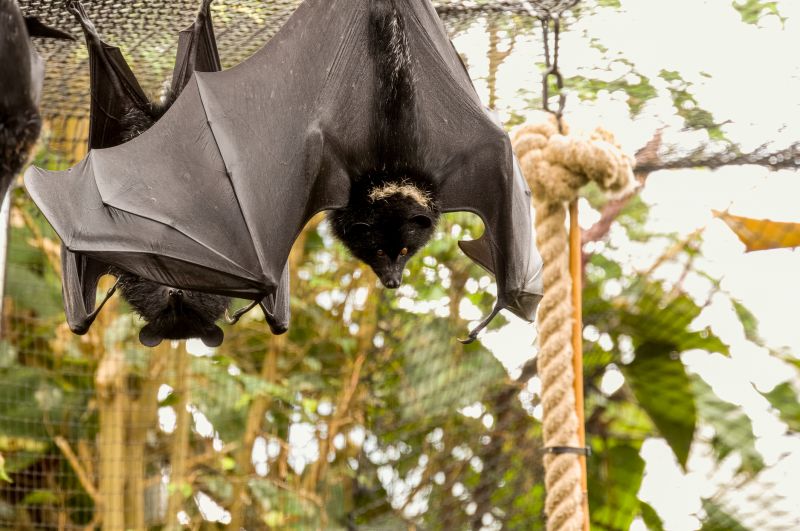
Bats often roost in dark, secluded areas like attics, posing health risks.

Pigeons settle on building ledges and vents, creating messes and health hazards.
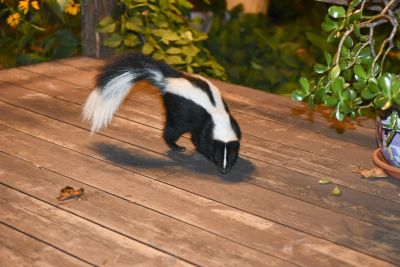
Skunks may dig under decks and sheds, emitting strong odors and causing damage.
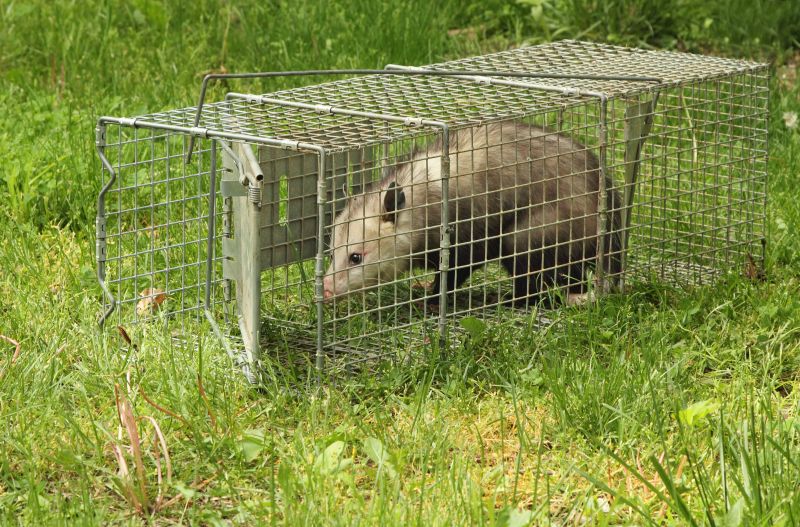
Opossums climb trees and structures, often nesting in crawl spaces and attics.
| Wildlife Pest | Description of Nuisance |
|---|---|
| Raccoons | Raccoons can tear through trash bags, damage roofs, and spread diseases. |
| Squirrels | Squirrels gnaw on electrical wiring and can cause fires or power outages. |
| Bats | Bats roost in attics, leading to contamination and health concerns. |
| Pigeons | Pigeons create droppings that damage buildings and spread pathogens. |
| Skunks | Skunks dig under structures and emit strong odors when threatened. |
| Opossums | Opossums invade crawl spaces and cause structural damage. |
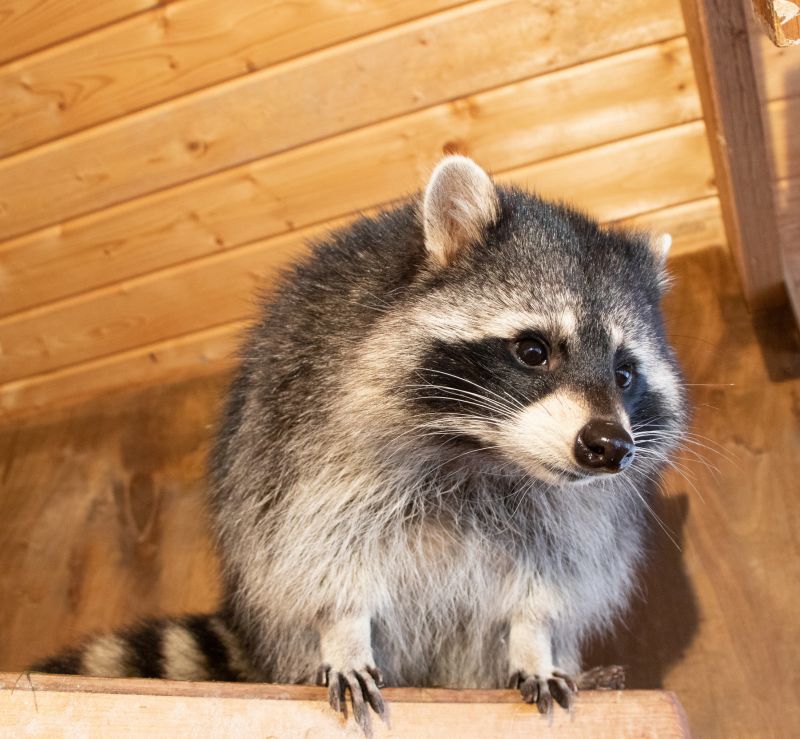
Raccoons can cause significant property damage by tearing apart insulation and wiring.
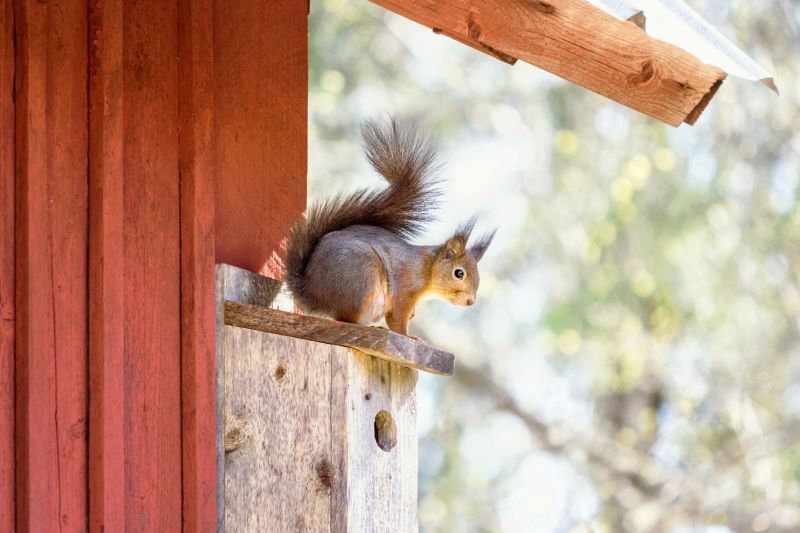
Squirrels often chew on wood, wiring, and insulation, risking fire hazards.
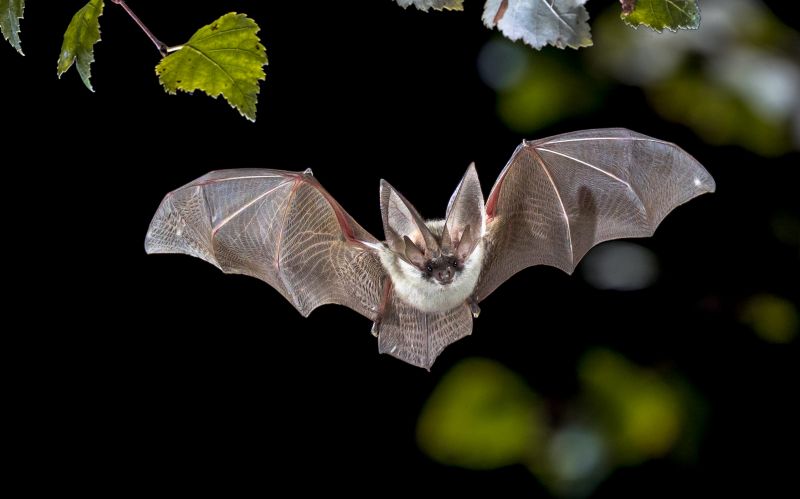
Bat droppings can accumulate and cause health issues if not properly managed.

Pigeon droppings stain and deteriorate building surfaces.
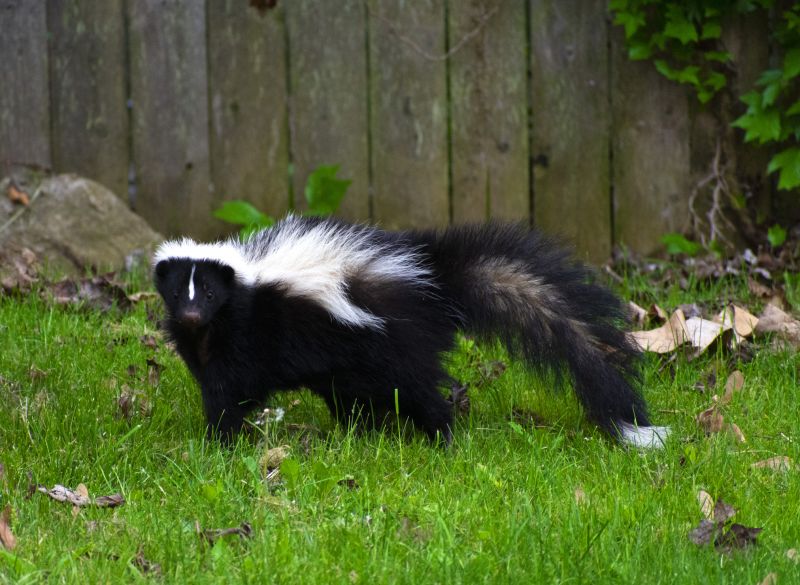
Skunks digging near foundations can cause structural instability.
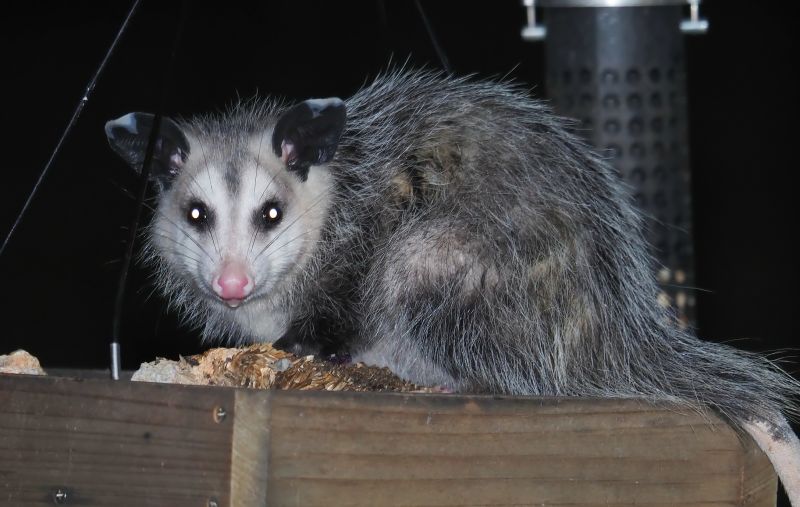
Opossums nesting in crawl spaces can lead to debris buildup and damage.
Implementing wildlife pest control offers numerous benefits for both residential and commercial properties. It helps prevent property damage, reduces health risks associated with animal droppings and bites, and minimizes noise and odors caused by nesting pests. Effective removal and exclusion strategies can also improve the safety and comfort of indoor environments. Professional wildlife control ensures that pests are managed humanely and efficiently, adhering to local regulations and best practices. This proactive approach can save property owners from costly repairs and health concerns while maintaining a clean and safe environment.
Hiring a professional for wildlife pest control provides expertise and experience necessary to identify the full extent of an infestation. Professionals use specialized tools and techniques to safely and effectively remove pests and seal entry points, preventing future invasions. DIY methods may only address surface issues and often fail to eliminate hidden nests or breeding sites. Additionally, licensed pest control specialists understand animal behaviors and can implement humane strategies that minimize stress to wildlife. Engaging experts ensures that the removal process complies with local regulations and reduces the risk of property damage or health hazards.
**Contact today to get a quote for wildlife pest control services and protect property from nuisance animals.**



